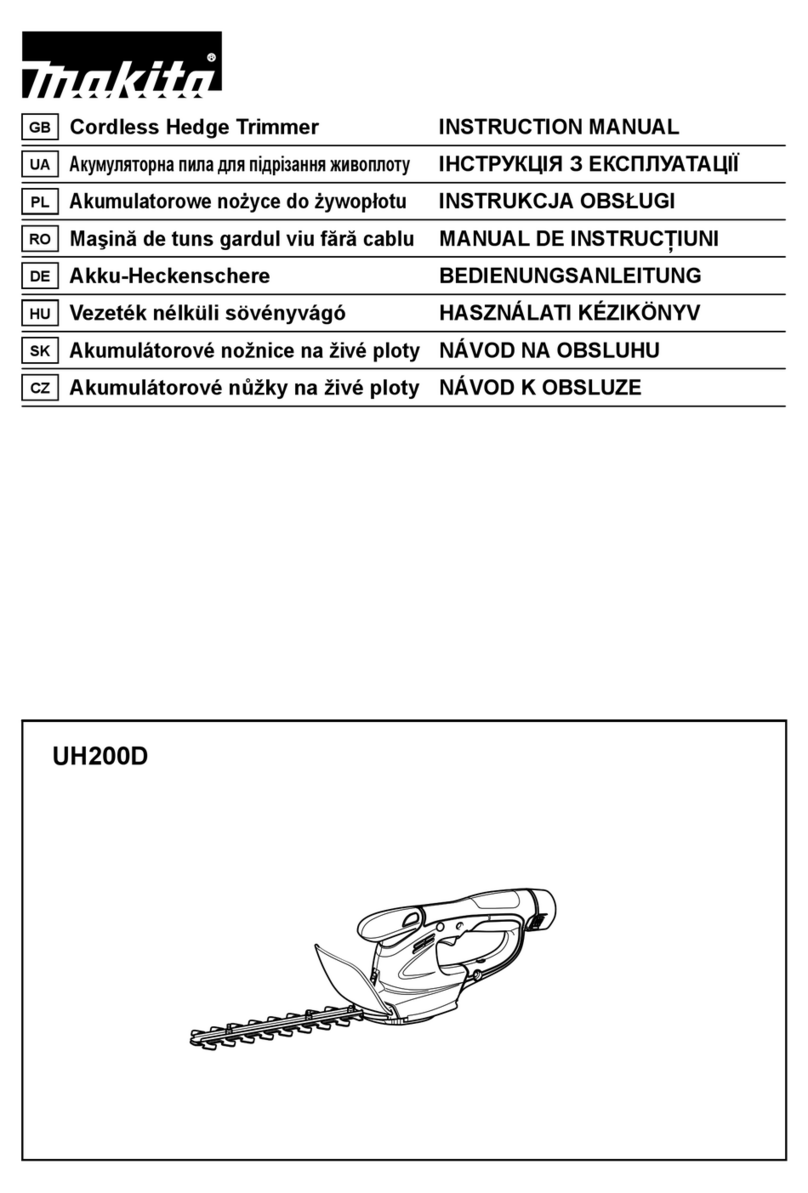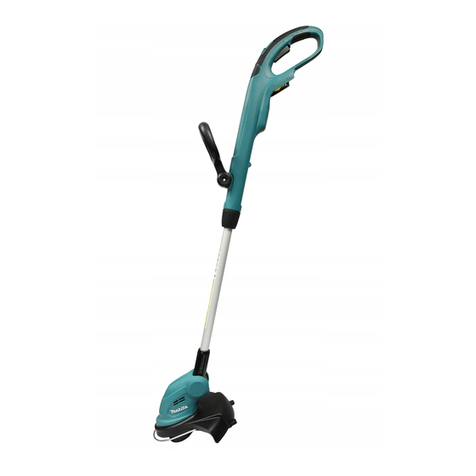Makita RT0700C User manual
Other Makita Trimmer manuals
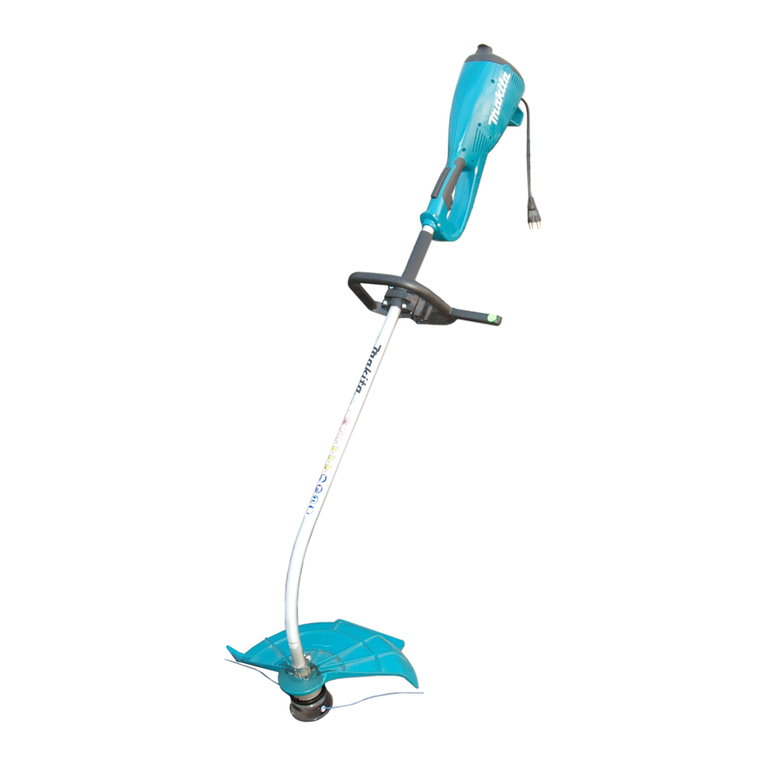
Makita
Makita um4030 User manual

Makita
Makita UM3830 User manual
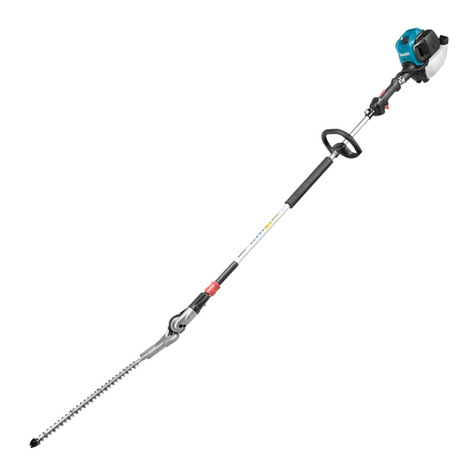
Makita
Makita EN4950H User manual
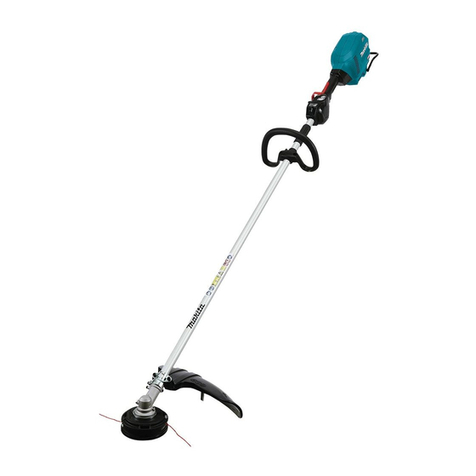
Makita
Makita UR014G User manual

Makita
Makita UH650D User manual

Makita
Makita BUH550 User manual
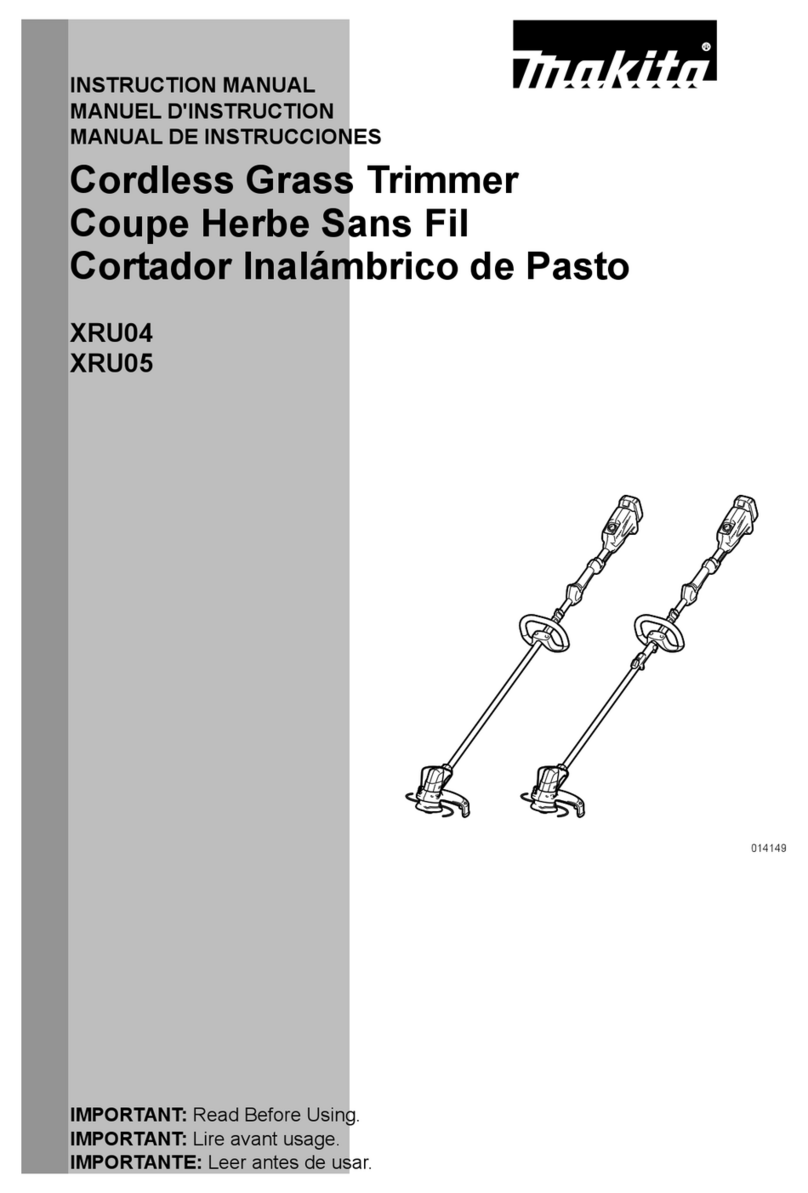
Makita
Makita XRU04 User manual

Makita
Makita DUH481 User manual
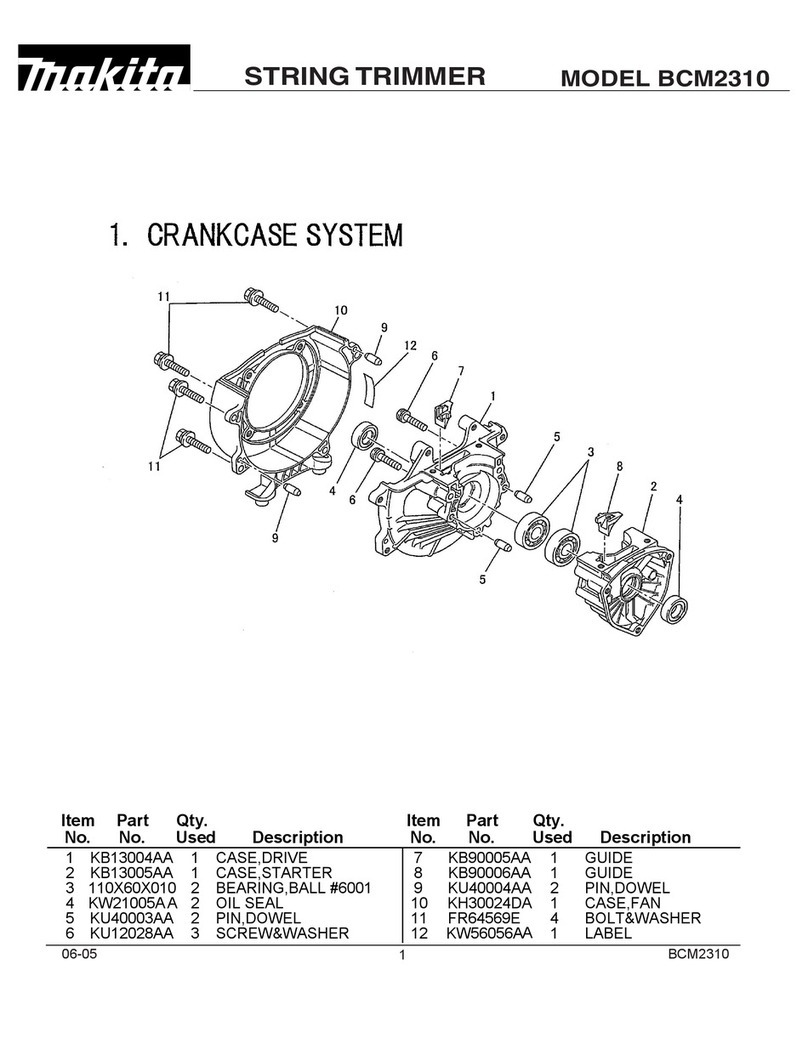
Makita
Makita BCM2310 User manual

Makita
Makita DUR365UPM5 User manual
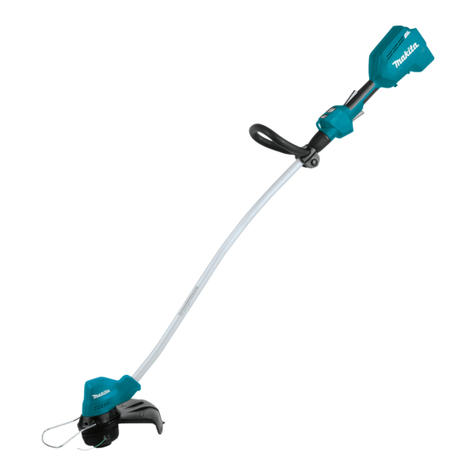
Makita
Makita XRU13 User manual
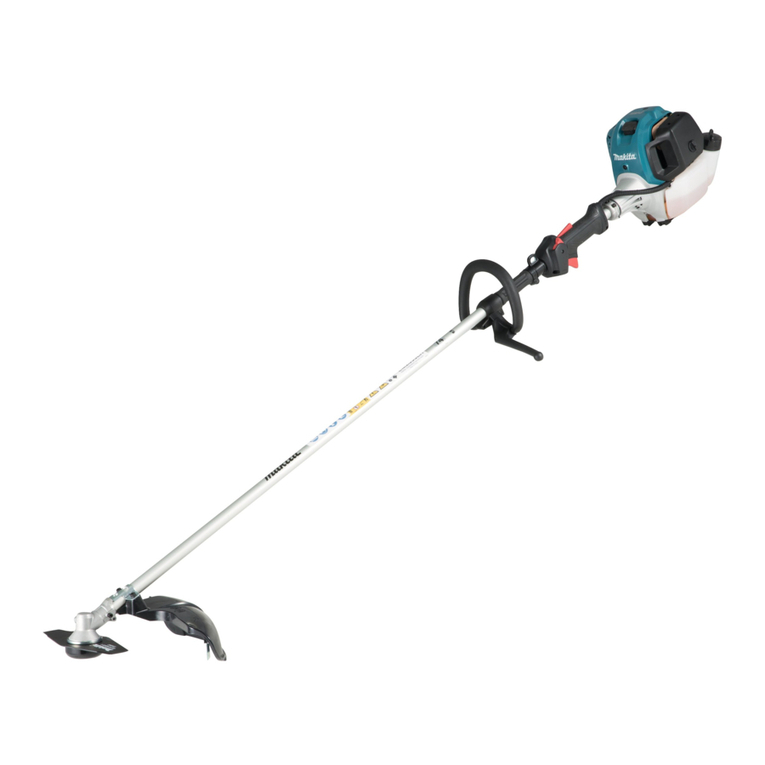
Makita
Makita EM2653LH User manual
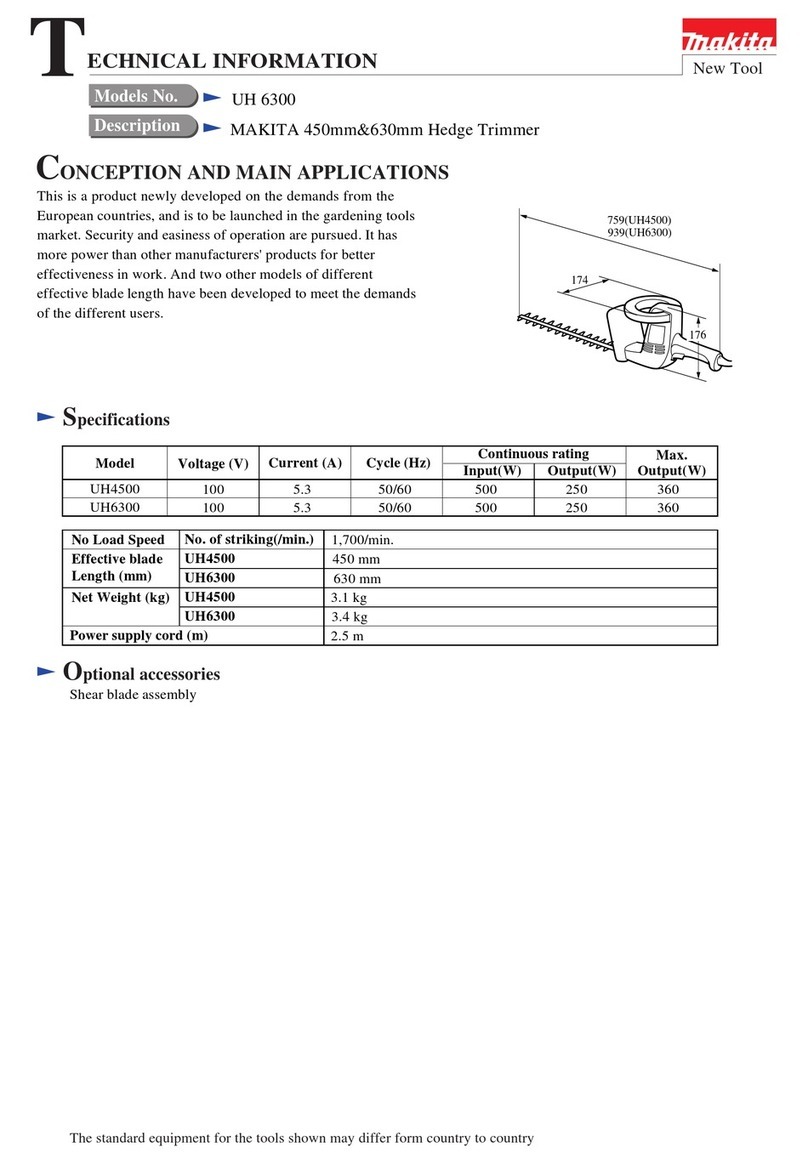
Makita
Makita UH6300 Manual
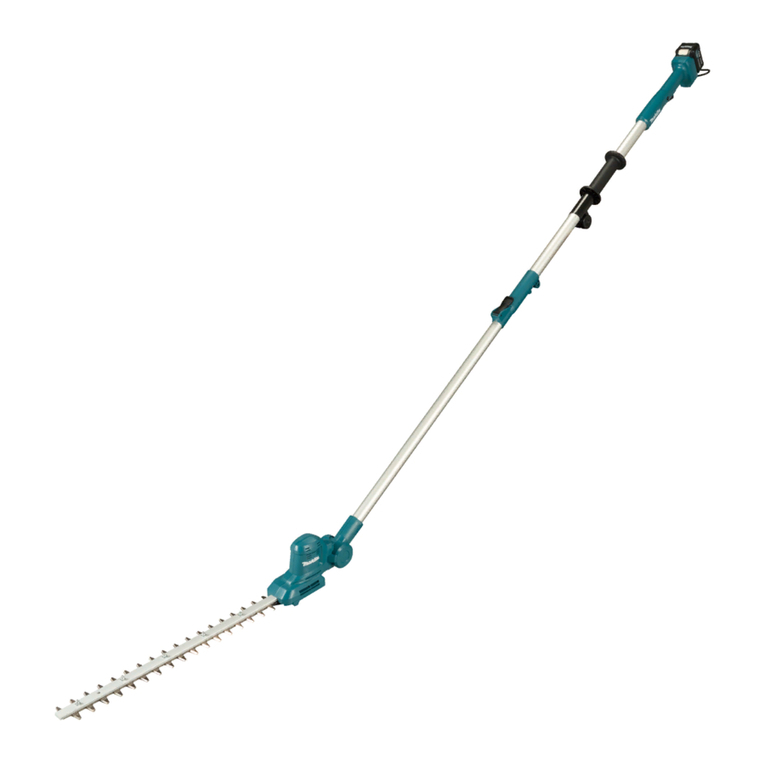
Makita
Makita UN460WD User manual

Makita
Makita EN402MP User manual
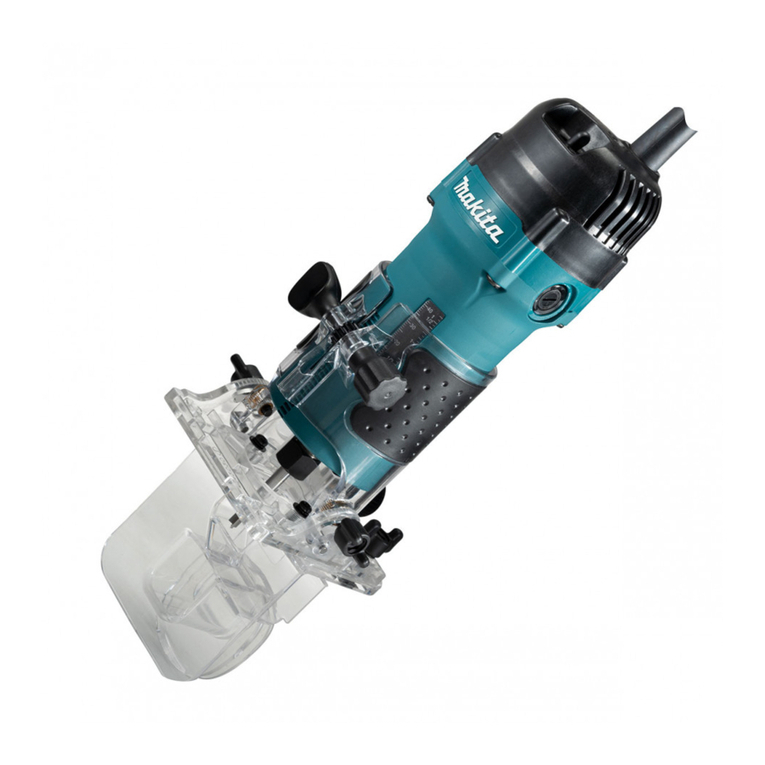
Makita
Makita 3712 User manual
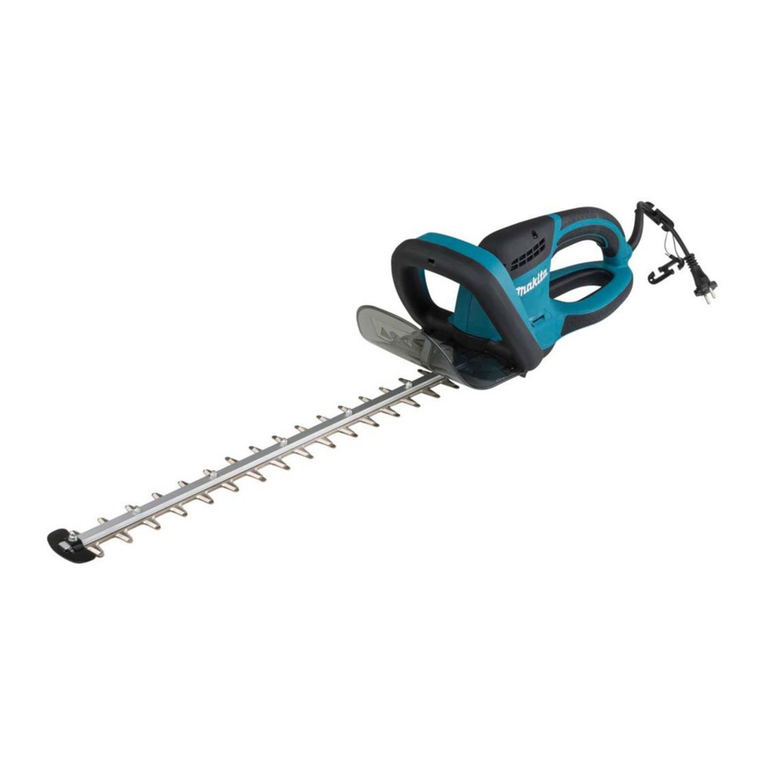
Makita
Makita UH5580 User manual
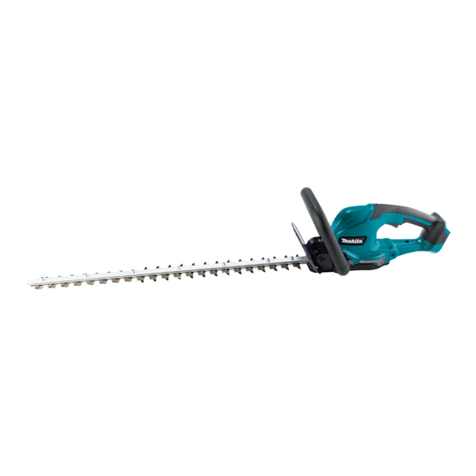
Makita
Makita XHU10SM1 User manual

Makita
Makita HTB7600 User manual

Makita
Makita 3708 User manual
